I am designing a circuit that can detect if a cable is connected to mains voltage (e.g. via an external relay or switch). The device will be installed in electric cabinets.
The circuit is tested and works, but I want add further protection. I read about the differences between TVS Diodes, MOVs, etc. and decided to use TVS Thyristors because they seem to be the safest option.
But I could not find out how to properly select a TVS Thyristor. As I said I want to protect 230V AC mains voltage.
At Digi-Key the most important stats are "Voltage - Breakover" and "Voltage - Off State" I assume. I suppose this is supposed to be the peak voltage (i.e. \$230V * \sqrt 2 \approx 325V\$) multiplied by some safety margin factor and not the effective voltage (i.e 230V). I don't really want to prevent "small" transients, because my circuit can handle probably at least 400V peak voltage.
Does that mean I have to select as TVS thyristor with a "Voltage - Breakover" of 400V? And what does the "Voltage - Off State" mean which would be between 300V and 320V in that case?
Is this the correct approach anyway or would other protection devices be better suited?
Edit: Added schemtic upon request. The exact ciruit does not really matter, because the question is mainly about the nature of TVS Thyristors in general and not just this specific case.

simulate this circuit – Schematic created using CircuitLab